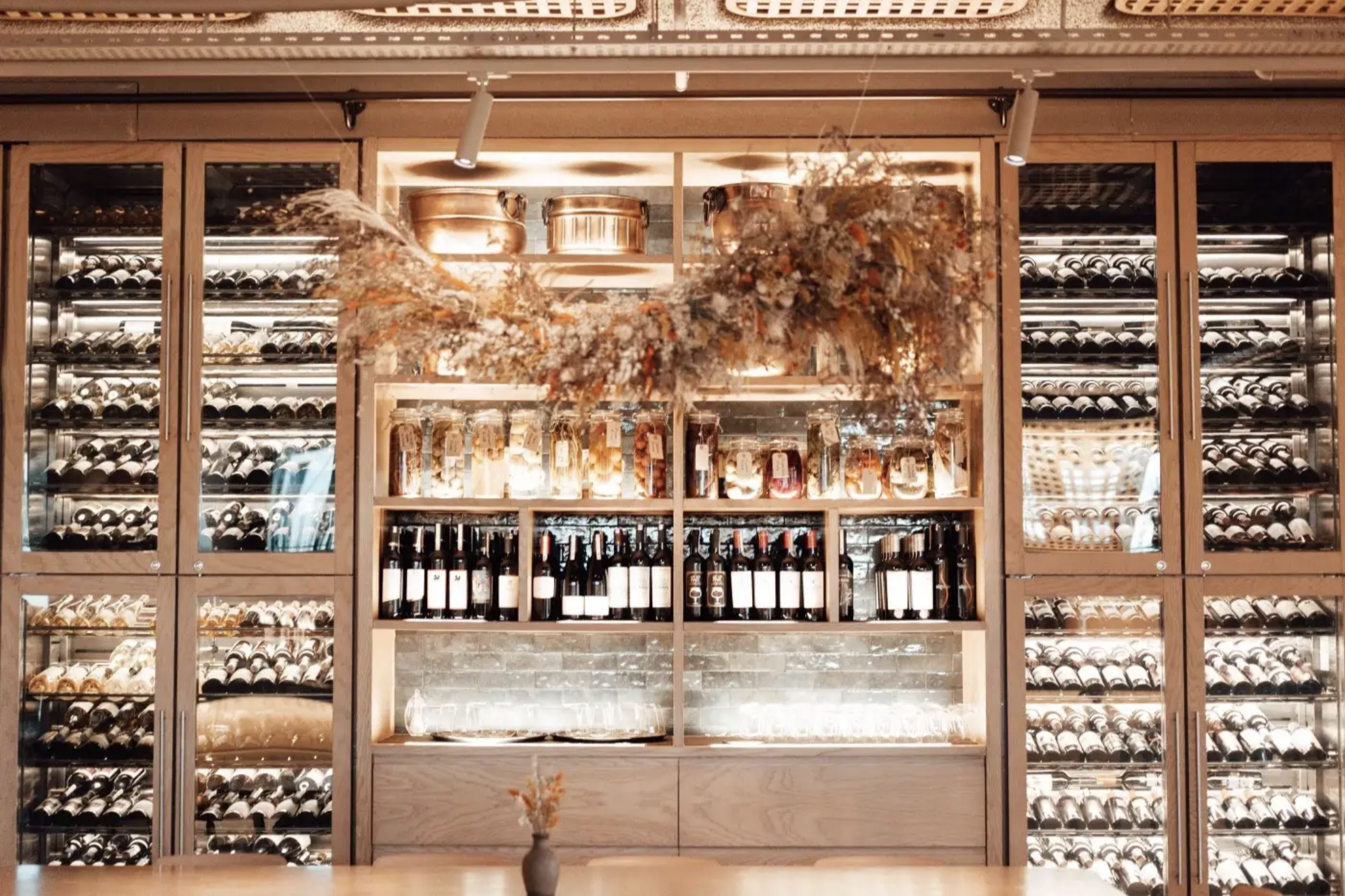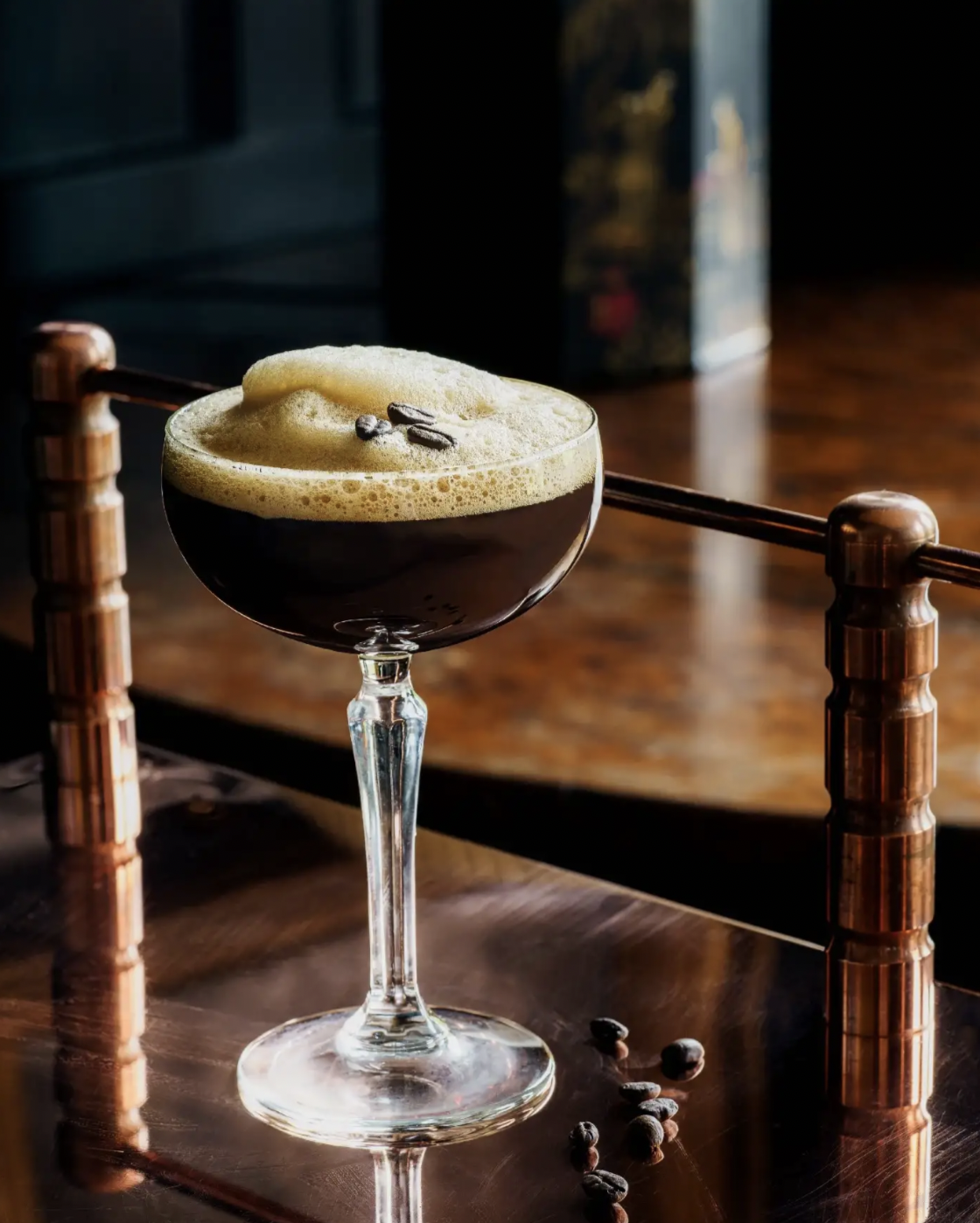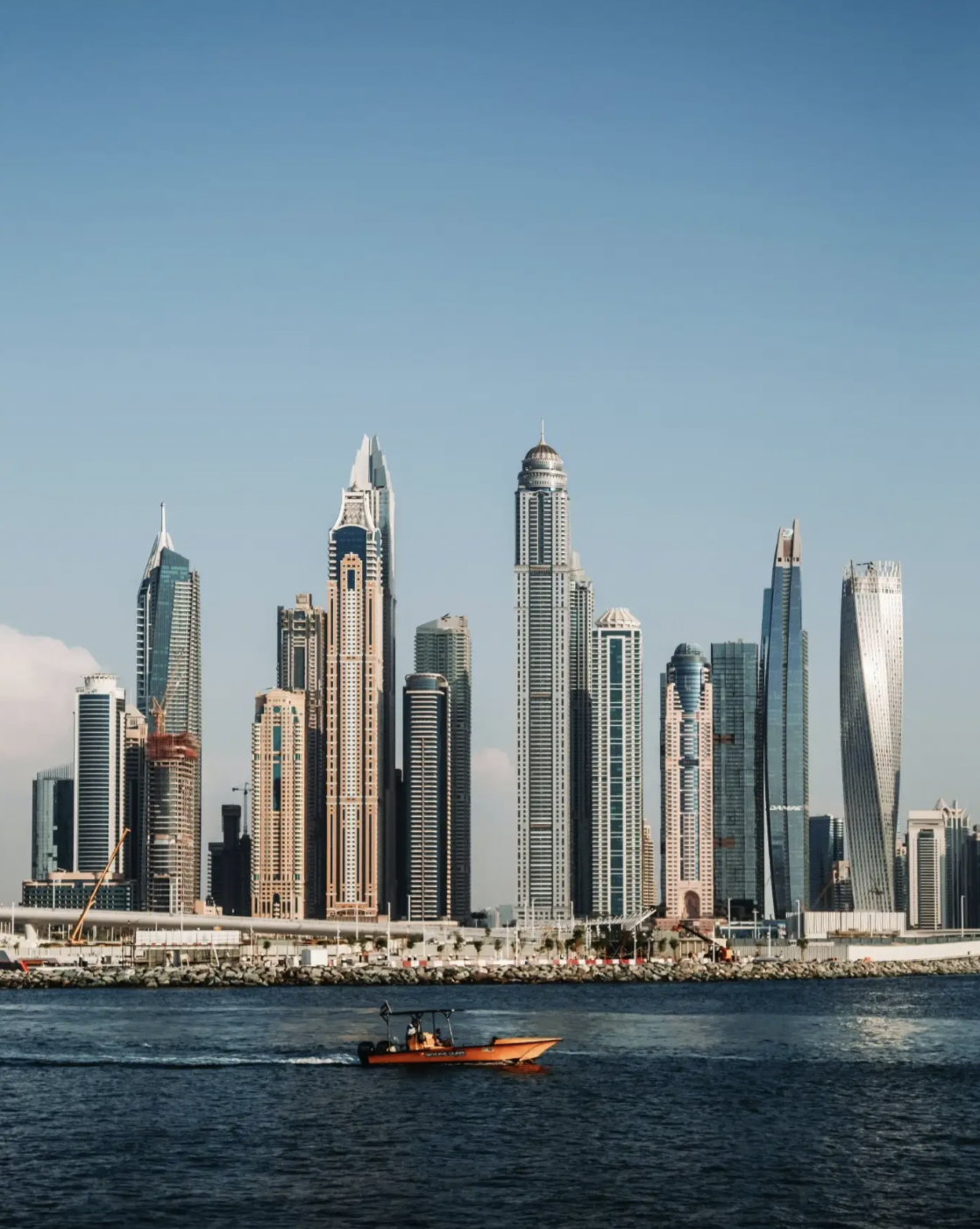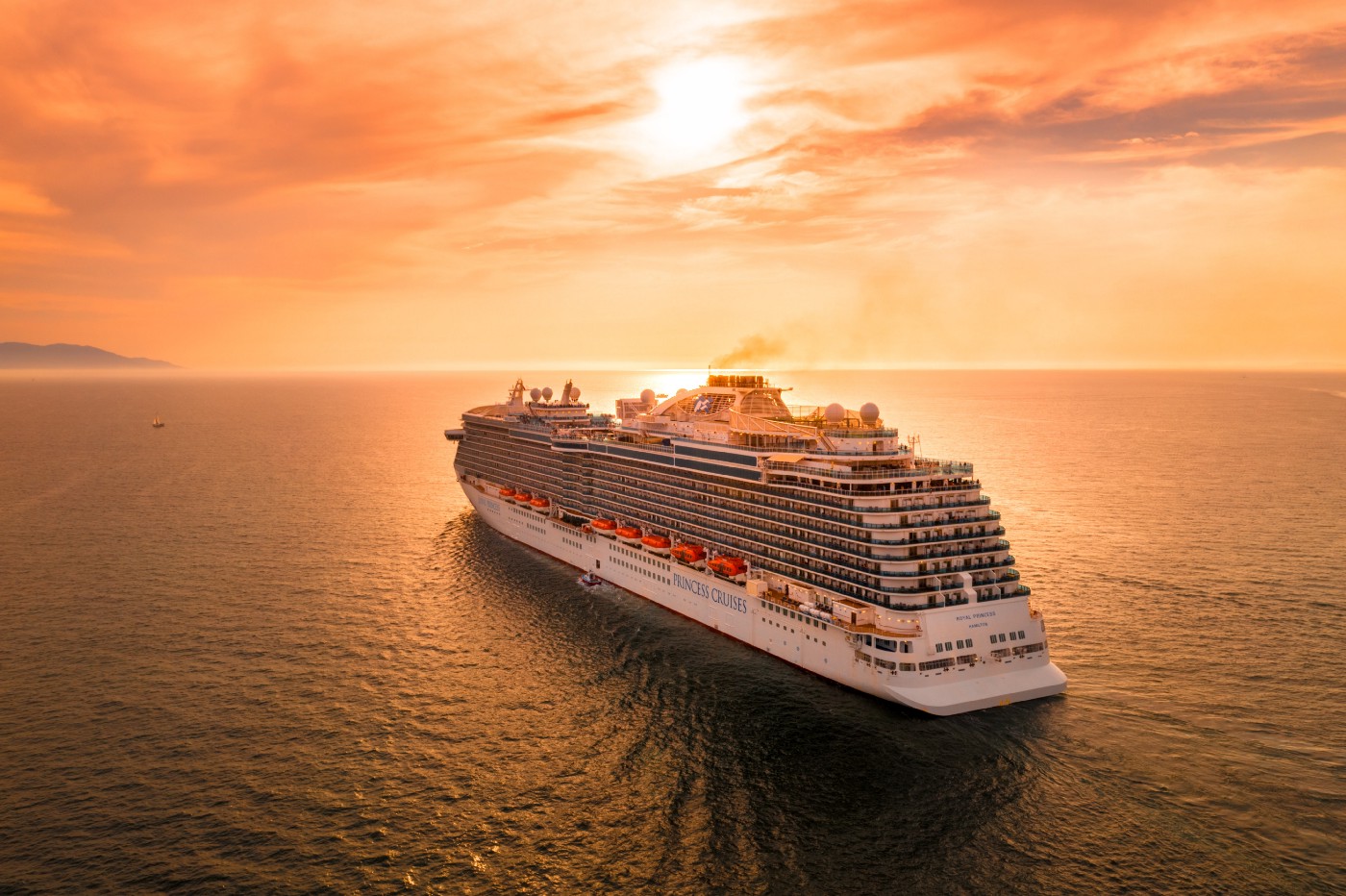Cocina Creativa 2022
The third edition of Cocina Creativa comes to end, where 20 young talented Dominicans worked to enhance their gastronomic knowledge and skills in alliance with Instituto Nacional de Formación Técnico Profesional (INFOTEP) a (national institute for professional technical training. One of these young talents resulted the winner of a full scholarship to study a workshop improvement of culinary techniques at the Basque Culinary Center school in Spain, an academic institution that stands out in gastronomy worldwide. Since 2019, Cocina Creativa has been a means of learning at the hands of great professionals and teachers in culinary matters, who guide and encourage young people to reach the next level in their careers. There were 8 challenging weeks where the participants prepared new dishes, stimulating creativity and experiencing the reality of the gastronomic sector. For many of these youths, cooking is a way of transmitting their joys, developing their passion and living new experiences. In this edition, the diploma course was characterized by teaching the participants the essential values to achieve success in the gastronomy sector, these being discipline, consistency, perseverance and creativity. Honestly, it fills me with great pride to see how every year more and more young people are encouraged to pursue their
Cocina Creativa 2022
We started the third edition of the "Creative Cooking" diploma, taught by the INFOTEP Hotel and Gastronomy School, with the participation of young talents from different DR provinces, each of the participants is demonstrating their culinary skills and getting closer to being the next winner. of the international training workshop at the Basque Culinary Center (BCC) in San Sebastián, Spain. Stay tuned for the next news on the Creative Cooking course!
Raise a glass to nonalcoholic beverage stores.
Have you heard of Dry January? How about Sober October or No Alcohol November? As the names suggest, these are months when people commit to giving up alcohol for a variety of reasons–from health to a change in interests and activities. Some people, however, are extending sobriety beyond these trendy months into a lifestyle. These days, it’s hard to walk into a store or browse your social media feed without seeing a non-alcoholic cocktail, beer, or wine. Last year, the volume of these products grew around 27 percent in the United States. Also in 2021, alcohol delivery app Drizly had a 166 percent increase in nonalcoholic products on their platform compared to 2019. This makes sense, considering sales for these beverages shot up 600 percent last year. With increased demand, as well as big brands like Heineken developing their own alcohol alternatives, it’s natural for entrepreneurs to hop on this beverage bandwagon in innovative ways. For example, nonalcoholic stores are popping up all across the United States. Earlier this year, Atlanta bottle shop Elemental Spirits Co. and nonalcoholic distributor Elemental Spirits Co. announced they were opening the Zero Co.–the Georgia capital’s first shop devoted to sober spirits. Elemental Spirits Co. founders were inspired to open the Zero Co. after experiencing the
A new kind of business class is taking off.
The airline industry has undoubtedly had a turbulent last couple of years–from restricted travel, financial troubles, and new safety guidelines. Now we are finally returning to the open skies, but with some unexpected trends that rose out of the pandemic. Namely, a revamped business class. The luxury leisure flier Not too long ago, it wasn’t unusual to see a business class exclusively filled with–well, business travelers. Now, thanks to savings and credit card points racked up during the pandemic, it’s not surprising to see today’s business class passengers headed on a family trip. Dubbed “luxury leisure” customers, these travelers are now paying top dollar to reach their vacation destinations. Especially in the United States, where the average price for a domestic business class ticket was $1,447 this year–a drop from 2019’s average of $1,708. A new premium experience Naturally, airlines are offering more high-end options in response to the growing number of luxury leisure travelers. Delta Airlines, where premium products outperformed main cabinet products earlier this year, recently updated their Delta Premium Select cabin. Now, passengers are treated to destination-inspired menu items, Someone Somewhere amenity kits, noise-cancellation headphones, and more. American Airlines plans to unveil their new premium Flagship Suite in 2024. Customers can look forward
A brewing trend: The espresso martini
Like fashion and entertainment, the food and beverage industry also has a taste for nostalgia. With cocktails like the cosmopolitan making their way back into the mainstream, bars and restaurants in major cities are feeling more like the 1990s these days. While both old-school recipes and creative takes on originals are back in vogue, the espresso martini is emerging as the “it” cocktail. As legend has it, late London bartender Dick Bradsell created this trendy cocktail in 1983 at the request of a model in need of a caffeine boost. Bradsell crafted the drink, originally called the vodka espresso, with espresso, coffee liqueur, and vodka–the same ingredients used today (along with coffee beans for garnish). Bradsell was clearly on to something, as his caffeinated cocktail became extremely popular in the 1990s. Like many trends though, the espresso martini lost its buzz in the 2000s. Instead, people began gravitating to more bitter drinks. Now, however, the espresso martini is back in a big way. The drink is having such a resurgence in popularity that you might be tempted to check the year on your calendar. In the first half of 2021, American food and restaurant reviewers mentioned the espresso martini 300 percent more compared to the first half of 2018. Unsurprisingly,
The Middle East: A growing luxury travel destination.
Last year, the size of the luxury tourism industry exceeded $17 billion in the United States. Despite setbacks from years of the pandemic, the market is still growing and on pace to be worth more than $82 billion by 2030. This huge growth is driven, in part, by big sporting events (think Super Bowl packages), baby boomers spending more money to travel with their loved ones, and millennials with disposable income. However, a large part of the industry’s success also comes from an increased demand for safari and other animal-watching experiences in the Middle East and North Africa (also known as the MENA region). While MENA’s outdoor activities are fueling the boom, the Middle East also has much more to offer both leisure and business travelers. From stunning architecture to world-class meals and five-star hotels, this region is becoming a hotspot in luxury travel–and the hospitality industry is taking notice. This year, several new luxury hotels have opened all across the Gulf countries. Now, travelers with their eyes on the Middle East have their pick of the newest high-end properties. Whether it’s the Ritz Carlton Amman (which happens to be the brand’s first hotel in Jordan), the Nobu Hotel Riyadh in Saudi Arabia,
Can French delicacies survive climate change?
Wine and cheese lovers worldwide praise the French. And rightfully so–they have been perfecting the art for centuries. But in recent years, these popular French exports have been hit hard by climate change from crop harvesting to supply chain issues. Plagued by intense weather, France saw one of its worst growing seasons in 2021. At the beginning of last year, unseasonably high temperatures caused grapes to bloom early on vineyards. A month later, the country experienced freezing temperatures. The drastic weather affected 80% of vineyards in a majority of the country’s popular wine regions, including Provence, Burgundy, and the Rhône Valley. Although farmers did what they could to preserve crops, like lighting large candles and making fires, the country lost a third of its wine production in 2021–worth almost £1.7 billion. The frost was so significant that French Agriculture Minister Julien Denormandie declared it one of the worst “agricultural disasters” of the century. Just as vineyards were recuperating, France experienced a late frost in 2022. Fortunately, conditions weren’t as bad as the last growing season, but certain regions like Burgundy were hit hard. In Bordeaux, for example, this year’s production is predicted to be lower than the five-year average. Frost isn’t the only extreme
The legendary Pappy Van Winkle.
If you’re a bourbon fan, you have undoubtedly heard of Pappy Van Winkle. I previously mentioned it in another blog as an example of the cult-like magnetism of certain high-end spirits. However, the story of this iconic brand deserves its own telling. Beginning in 1893, Julian “Pappy” Van Winkle was a salesman for W. L. Weller, and would eventually become president of the Stitzel-Weller Distillery. At that time, he was best known for being the first person to make and sell a mass-market fine whiskey that utilized wheat as its secondary grain rather than rye–a move that forever changed the face and taste of Kentucky whiskey. One of his labels, that was introduced just before prohibition, was Old Rip Van Winkle. His son, Julian Jr., would eventually take over. But, unfortunately, the American whiskey craze was dying down. And Junior sold off many of Stitzel-Weller’s barrels and brands–though the family retained Old Rip Van Winkle. When Julian III took over, he began by selling bourbons aged by his father and grandfather. Eventually, he began distilling his own–and later teamed up with Buffalo Trace distillery–creating the Pappy Van Winkle we all know today. It was around then that Pappy Van Winkle began to take off. Specifically, in 1996 after the Beverage Testing
Is the cruise industry making a comeback?
While many industries took major hits due to the pandemic, the cruise industry might have been one of the most publicized sectors in crisis. At the start of the pandemic, it wasn’t unusual to find headlines about outbreaks on cruises, passengers being stranded, or companies suspending travel. The industry also suffered a financial blow. In the United States alone, cruise line companies lost $63 billion between 2020 and 2021. Like much of the world, the cruise industry struggled to stay afloat. Not only were cruises affected by many countries’ travels restrictions, the industry also struggled in the stock market. For instance, shares for popular cruise line Carnival sank more than 30% in March 2020. Once vaccines became widely available, cruise companies put protocols in place to help ensure passenger safety. Now, however, as the world attempts to return to some sense of normalcy, the cruise industry is poised to do the same. Recently, major players like Royal Caribbean International and Princess Cruises have updated their pandemic protocols, making specific changes to vaccine and testing requirements. Passengers on Royal Caribbean cruises, for example, can now set sail whether they are vaccinated or not as long as they adhere to certain testing guidelines. Carnival Cruise Line also updated their policies
Why do investors love real estate?
The real estate sector has given much to talk about in recent years, becoming one of the most striking sectors for investors, thanks to the characteristics that make it a very tempting opportunity. From properties that serve as student accommodation to holiday homes have significantly transformed the real estate sector. Among the key factors that have made this sector increasingly rich are: Investors 2.0 who have decided to diversify their investments, moving away from the traditional sector such as the "build to rent" BTR. The high demand of consumers together with increasingly sophisticated requirements. Hospitality Insights highlights that the population today is growing without "sufficient" housing, a situation that may be influencing the high price of homes in the current market. As philanthropist Andrew Carnegie said, "90% of millionaires made their wealth when they started investing in the real estate world". Although it is true, after the pandemic caused by Covid-19, this sector has grown markedly in developed countries, arousing interest in investors. Finally, if you are interested in starting to invest in the real estate sector, this is your moment. Many properties and buildings were paralyzed as a result of the Covid-19 pandemic, so the current housing market is still limited, however, consumer demand








